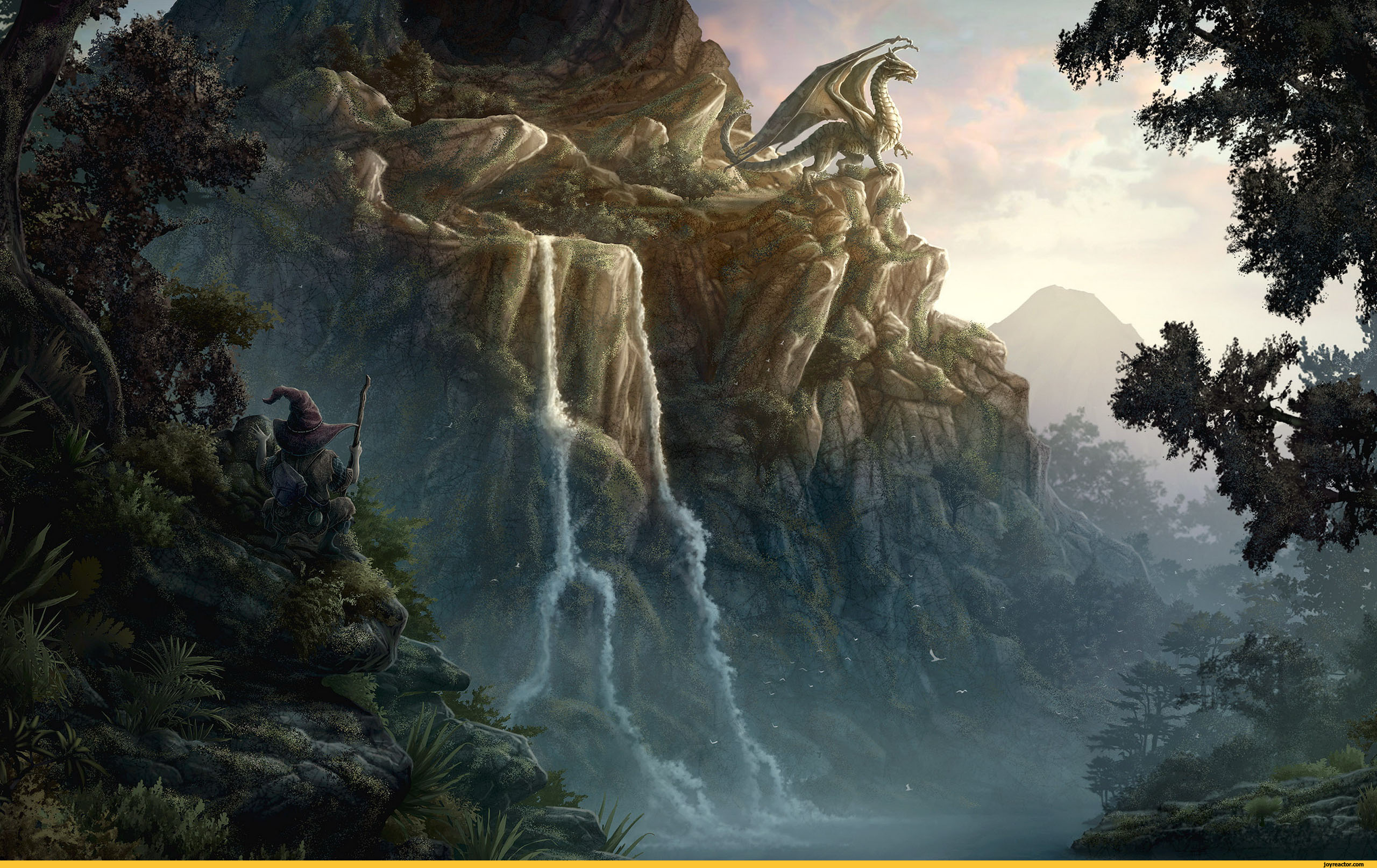
And, indeed, some scholars have talked about him as almost the first artist to invent a new kind of picture besides portraits or religious art, and it’s these very forests that are the hallmark of that invention. For Altdorfer, it was the experience of real forests and real mountains, which were then incorporated into a vision of what wilderness should be, with mythological creatures or saints, that made him such an influential and powerful, really, inventor of landscape painting in Germany. An artist like Altdorfer in Germany would define it with very thick forests. Sometimes the concept of wilderness was defined variously across Europe. So many of the earliest landscape artists were actually taking bits of nature in order to show places that were alternatives to where we normally live. If anything, it wouldn’t be much in the way of art if it were the world we live in. Landscape, of course, is not just the world that we live in. And so this tiny little figure of the saint on a white horse and this wonderful sort of toad-like dragon at the bottom of it start to look like afterthoughts, but, in fact, they are very much integral to the landscape. In order to have a dragon, in order to have a place that you go and test yourself as a warrior saint, you have to have a wilderness, and for Altdorfer wilderness meant forest.


And it’s an image that really shows the forest as the principal subject, but the forest, in a way, defines the saint. “Probably the most extreme of Altdorfer’s forest landscapes is his Saint George, a very tiny work, actually painted on paper, from the year 1510. Within a decade of creating the Saint George, Altdorfer was producing, in paint and print, some of the first “true” landscapes in Northern Europe. Altdorfer, thus, approaches the idea that the forest itself might be a character worthy of representation and capable of expressing meaning in its own right. A primeval testing ground for the saint, it is at once a sinister and dangerous world of monsters and an untainted source of purity and strength. Activated by the curving lines of leafy branches and dappled sunlight, the forest exudes anxious energy.

The forest in Altdorfer’s work not only sets the tone for this contest, but also seems to be an integral factor in it. The theme of Saint George battling the dragon has a long history in art, where it has often been understood as a metaphor for the victory of the Christian spirit over the forces of evil. More important, the central figures of Saint George and the dragon emerge in the foreground. As one looks, individual leaves and blades of grass, carefully picked out by the artist’s brush, become apparent. No bigger than a sheet of loose leaf paper, Altdorfer’s tiny work demands-and rewards-close-up examination. But for a small opening onto a mountainscape in the distance, the image presents the forest as a thick and impenetrable wall. On the left, another trunk, this one buried in dense foliage, is partially visible. To the right, two slender tree trunks help to define the space. The majority of Altdorfer’s 1510 Saint George is given over to the representation of a forest. The paintings of German artist Albrecht Altdorfer mark a significant step in this evolution.

Gradually, however, the prominence of landscape and the care with which it was rendered increased in some works to the point that it competed with the figural component for the viewer’s attention, and eventually landscape developed into an independent genre. Most often, these works were religious scenes or narratives for which landscape provided a historical or symbolic backdrop.


 0 kommentar(er)
0 kommentar(er)
